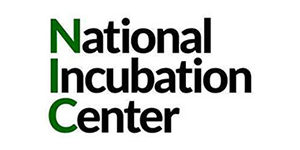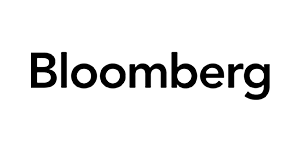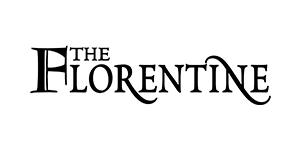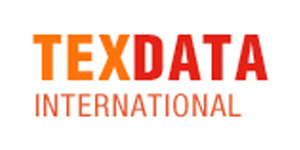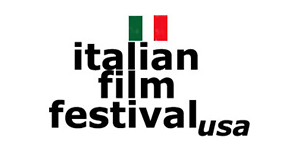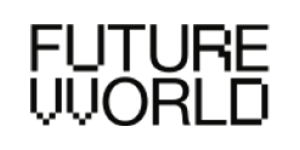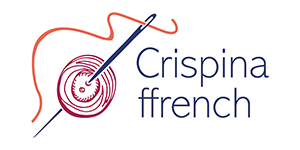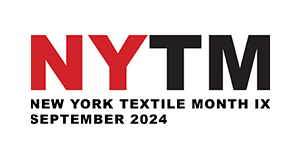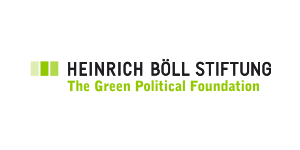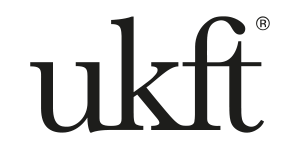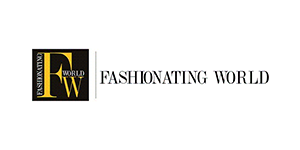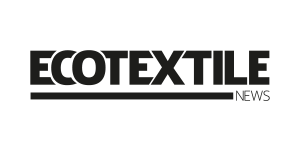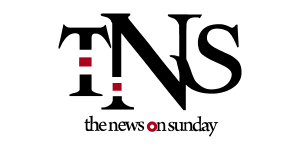Making sure that sweaters keep you warm, not the planet.
We’re on a mission to give old wool a new life. We take discarded wool and transform it into high-quality recycled fibers. It’s more than just recycling for us. It’s about keeping this valuable material out of landfills and taking care of the planet.
Featured in
Responsibly recycled back to fiber.
Quality yarns made from thrown-away wool sweaters, promoting sustainable fashion.
Responsibly recycled back to fiber.
Quality yarns made from thrown-away wool sweaters, promoting sustainable fashion.
Reimagine . Reduce . Renew.
Reimagine . Reduce . Renew.
Reimagine . Reduce . Renew.
Reimagine . Reduce . Renew.
Reimagine . Reduce . Renew.
Datini Products
What you see as waste, we see as a circular solution. To provide an eco-friendly, sustainable answer to textile industry waste and prevent post-consumed wool sweaters from ending up in landfills, we made DFiber, DYarn and DInsulation.
DFiber
Recycled from post-consumed textile, DFiber presents new color ranges without the use of any chemicals or dyes, allowing it to express its true form and making it easy to overdye.

DYarn
After mechanical recycling and combing the DFibers to straighten out, the carded DFibers are spun, twisted, and pulled to produce DYarn of the desired type and thickness.

DNon-woven
DNon-woven is specially crafted from recycled wool and offers thermal regulation, antibacterial properties, and eco-friendly solutions for textiles, housing, and more.

Responsible Recycling
As a material sciences company, we ensure that our recycling is not only sustainable but also eco-friendly.
Reduced Carbon Emission
Carbon emissions are one of the leading flaws in the textile industry. Humans must mitigate these emissions to preserve the climate. Doing our part, we ensure minimal carbon emissions in our recycling process.
Natural and Efficient
Keeping it clean we recycle new color fibers without the use of any chemicals or dyes. We convert pre-consumed sweaters into quality yarns and fibers while using minimal water and energy.
Original Traceability
We are committed to achieving circular fashion for all, and we promote circular design with supply chain and brand partners. We promise 100% transparency on the traceability of the original sweaters.
Our Recycle Process
We believe wool is a gift to us from nature; thus, we make sure that we save it from becoming waste and convert it into its original natural form to be used again.

The Wool
Wool coming from nature is used to make wool sweaters and other products. Though durable, these sweaters also end up in waste. Our recycling target is these post-consumed sweaters.

The Waste
Post-consumed sweaters and textile waste are collected and sorted into different classifications. The waste is converted into high-quality wool while making sure that the whole process is eco-friendly and low-impact.

The Goods
The recycled wool is finally spun into DYarns to make it ready to be woven into fabric. DFiber and DYarn are distributed to clothing and fabric manufacturers according to their requirements.
The Wool
Wool coming from nature is used to make wool sweaters and other products. Though durable, these sweaters also end up in waste. Our recycling target is these post-consumed sweaters.


The Waste
Post-consumed sweaters and textile waste are collected and sorted into different classifications. The waste is converted into high-quality wool while making sure that the whole process is eco-friendly and low-impact.
The Goods
The recycled wool is finally spun into DYarns to make it ready to be woven into fabric. DFiber and DYarn are distributed to clothing and fabric manufacturers according to their requirements.

Why the name Datini?
Francesco Di Marco Datini was an Italian international merchant from the renaissance era. His business and private papers are important records of the economic history of the Middle Ages. By naming the company after him, Lilani and the co-founders of Datini Fibers are paying tribute to his memory.
Our sustainable-future dream?
We believe humanity is a fundamental part of nature. Our role inside it is to support and safeguard the abundance that it provides. We feel that recycling wool at the end of its life cycle is an important component of this caring system. This promotes a comprehensive approach to the conservation of natural resources and future generations.
Why Datini?
We are proactively developing our recycling capabilities to decrease waste, lower our carbon footprint, and fulfill the growing need for sustainable solutions.

